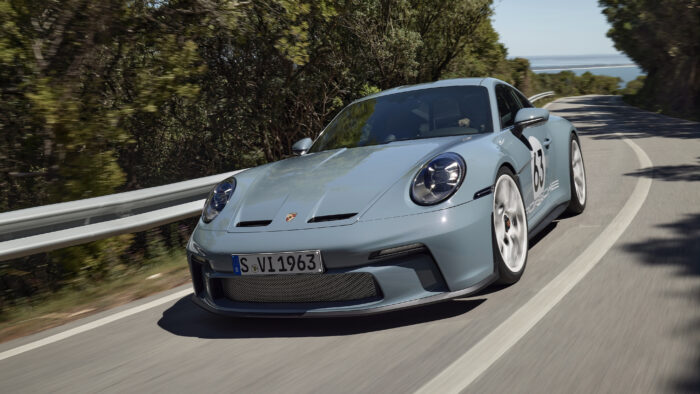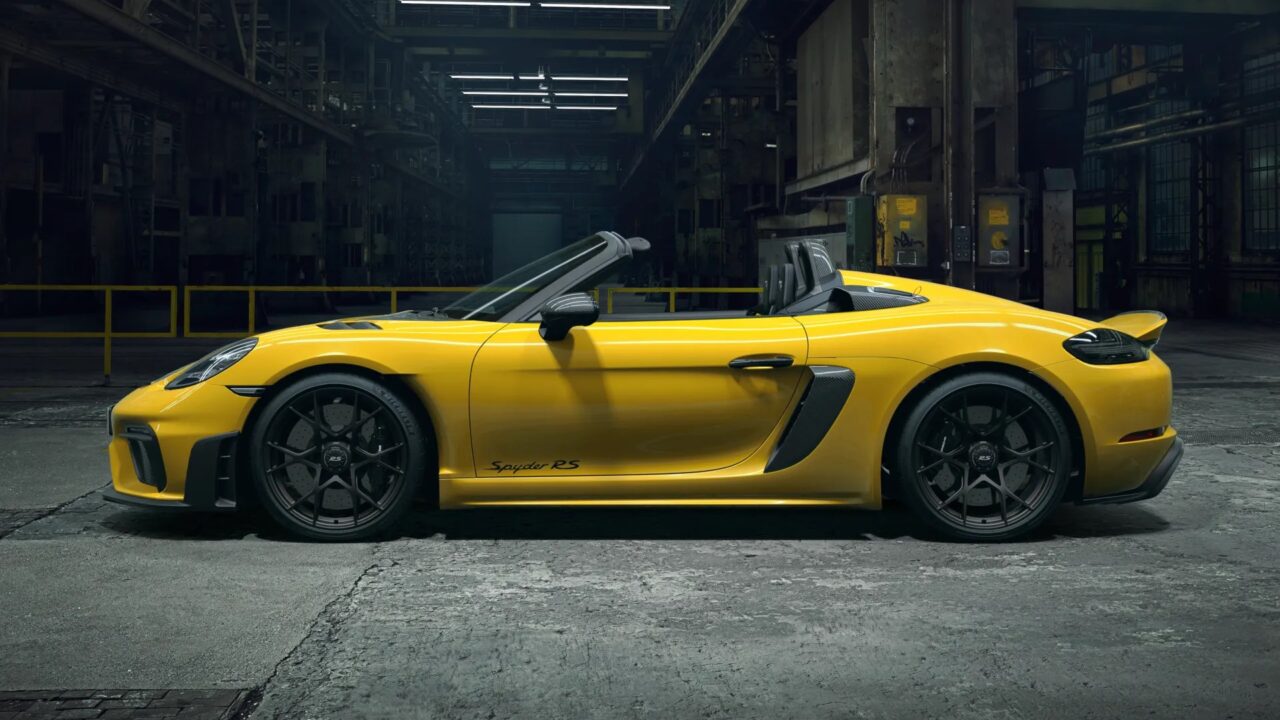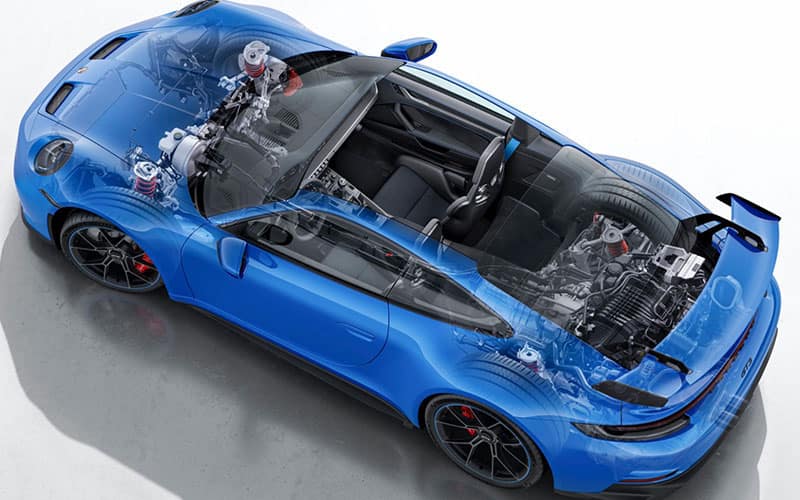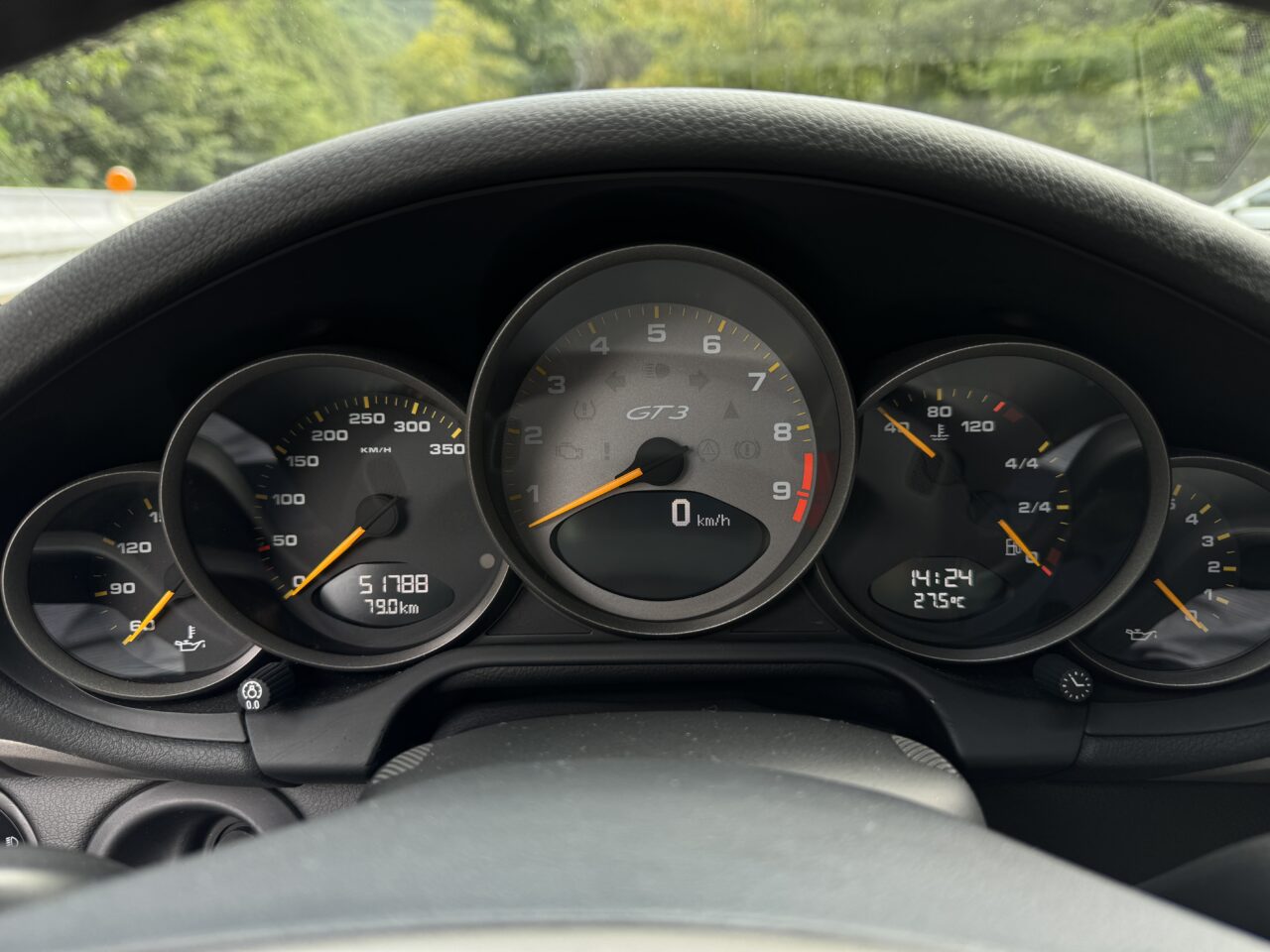Is the Porsche 911 GT3’s Naturally Aspirated Engine Ending in 2025? – Insights from the Latest Updates
公開日:

コンテンツ
Reexamining the Future of Naturally Aspirated Engines
I’ve previously written an article on this topic, but with the latest information, I decided to take another look.
To cut to the chase, it appears increasingly likely that the Porsche 911 GT3’s naturally aspirated 4.0-liter flat-six engine will disappear after the 2025 model year. While this isn’t an official Porsche announcement, it’s based on statements from Andreas Preuninger, head of the GT division. The growing consensus is that the Euro 7 emissions regulations coming into effect in 2026 will make it technically unfeasible to continue with the current naturally aspirated engine.

On a personal note, my 718 Spyder RS will be delivered soon. One of the reasons I decided to buy it was because it shares the same naturally aspirated 4.0-liter engine as the 911 GT3, making it my last chance to enjoy the GT3’s iconic naturally aspirated powerplant. This latest research has reaffirmed that my decision was spot on.
The Appeal of the Current GT3 Engine and Regulatory Challenges
The current GT3 engine delivers an impressive 510 horsepower (525 hp in the GT3 RS) and revs up to 9,000 rpm, a thrilling high-revving character that many Porsche enthusiasts rave about. Known for its mechanical purity and razor-sharp response, this engine offers a driving experience distinctly different from turbocharged units.
However, the Euro 7 emissions standards set to be enforced in 2026 pose a significant hurdle, especially for high-performance naturally aspirated engines. The 2025 911 GT3 already includes gas particulate filters and catalytic converters, but even these upgrades won’t meet the Euro 7 requirements. Due to inherent structural challenges, naturally aspirated engines struggle with emissions control, and experts agree that fundamental changes would be necessary to comply with the new regulations.
Options for the 911 GT3 Beyond 2026
Looking ahead to 2026 and beyond, the most likely paths for the 911 GT3 are hybridization or a switch to turbocharged engines.
The 911 GTS has already introduced hybrid technology, and it’s possible the GT3 will follow suit. Alternatively, the GT3 might adopt turbocharged engines like other 911 models.

Another possibility is Porsche’s focus on e-fuels (synthetic fuels). E-fuels can be used in traditional gasoline engines and offer carbon-neutral properties, but their regulatory status in 2026 remains uncertain. Regardless, Porsche faces the tough challenge of balancing the traditional driving feel of its GT models with increasingly strict environmental regulations.
The Significance of the Last Naturally Aspirated Model
This news has sparked lively discussions among Porsche communities overseas. Owners who cherish the high-revving sound and sharp response of naturally aspirated engines express disappointment. My choice of the 718 Spyder RS was also driven by the thought that it might be the last generation to carry the same GT3 engine.
The 2025 model is very likely to be the final GT3 with a naturally aspirated engine. This car won’t just represent a single generation; it will symbolize the end of an era in Porsche’s history. For Porsche enthusiasts who crave the sensual thrill of a naturally aspirated engine, these final models hold a special place.

Porsche has adapted to changing times through numerous technological innovations—from the switch from air-cooled to water-cooled engines in the 911 to the introduction of electric power steering. While initially met with skepticism, these changes ultimately enhanced the car’s performance and appeal.
Whatever form the next evolution of the GT3 takes, we hope it will stay true to Porsche’s spirit. While we await official announcements, if you want to experience the magic of a naturally aspirated engine, the 2025 GT3, along with the current 718 GT4 RS and Spyder RS, are must-see options.
このブログが気に入ったらフォローしてね!


Comment ( 0 )
Trackbacks are closed.
No comments yet.